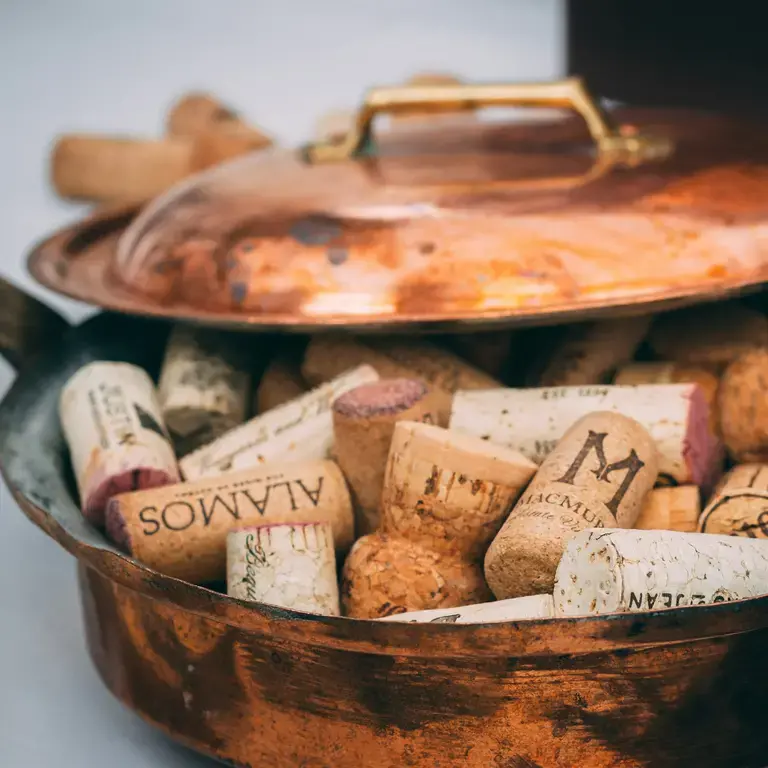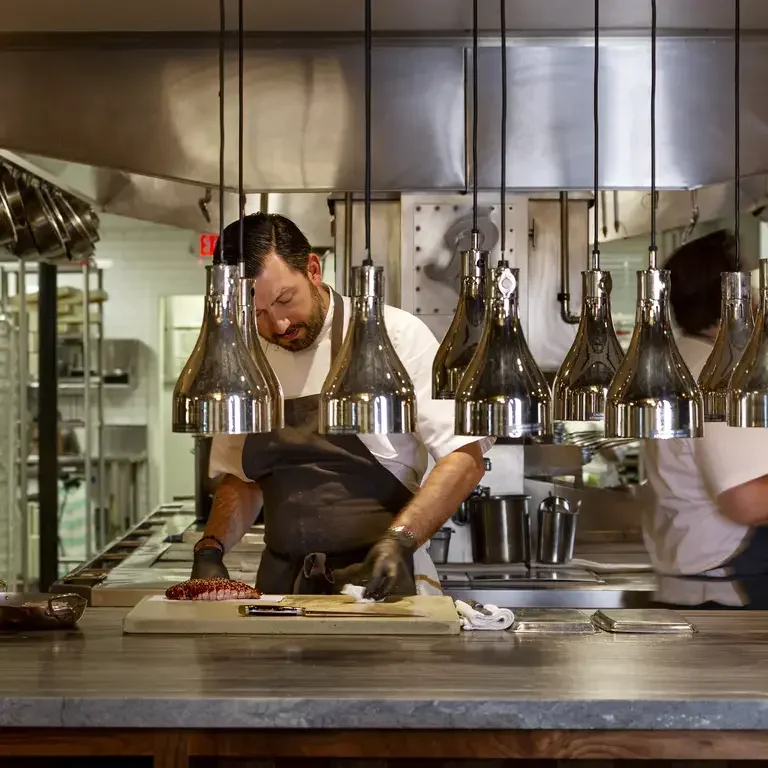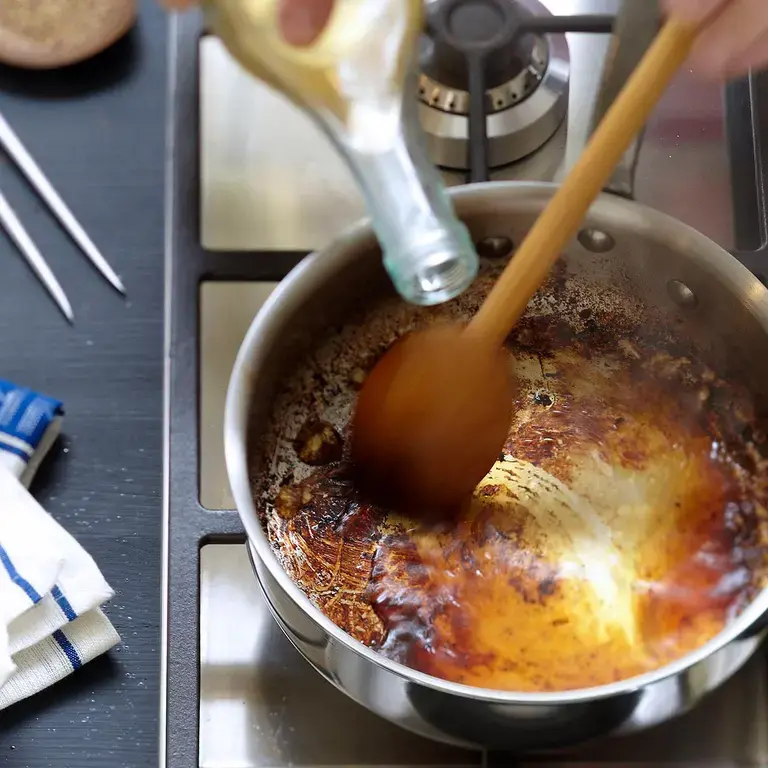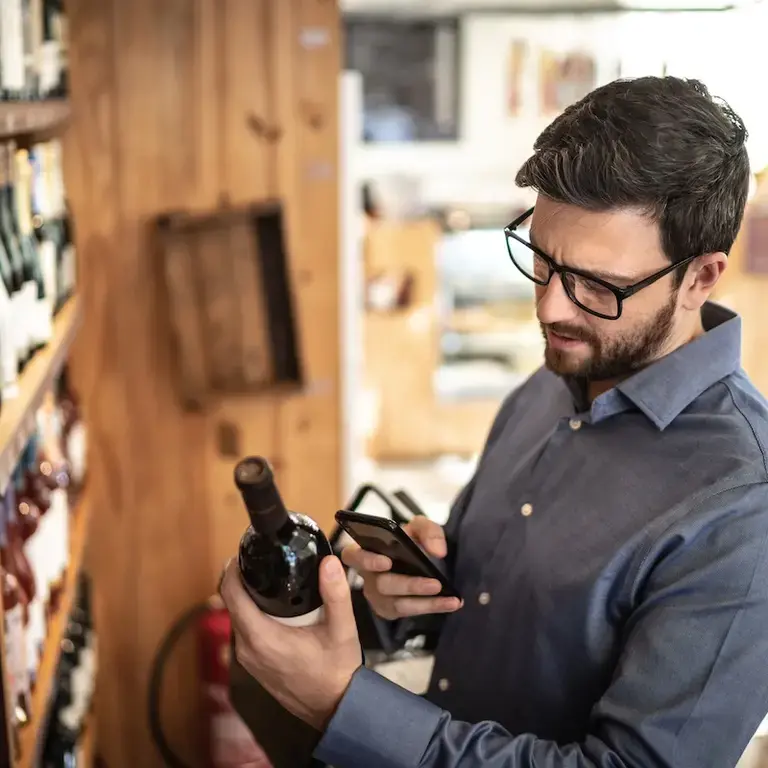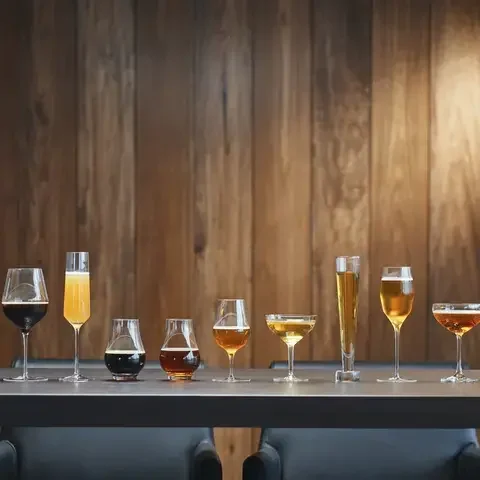Houston chef Aaron Bludorn shares expert tips on choosing the perfect cooking wine, from budget-friendly picks to common mistakes to avoid.
Wine aficionados recognize fermented grape juice for versatility in the glass, but chefs also celebrate wine as a multifaceted culinary ingredient.
Wine can be used for sautéing, braising, poaching, deglazing (releasing slightly charred bits on a pan to join the rest of the ingredients), adding moisture to roasted meats, or simply for elevating the layers of flavor in a recipe. “Wine can bring complexity to a dish in the form of acidity, sweetness, fruitiness, and also an earthiness, depending on the type of wine used,” explains Aaron Bludorn, chef of Perseid in Houston.
Choosing the Right Wine for Cooking
Bludorn was raised in the Pacific Northwest before moving to America’s wine country, Napa Valley, where he trained under chef Douglas Keene. He also worked for Daniel Boulud. His time around French technique and close proximity to wine shaped his approach to cooking, leading him to incorporate wine into a variety of dishes. Among his favorites are coq au vin, bœuf bourguignon, spaghetti alle vongole, and sauce bordelaise.
While these are popular recipes that call for wine, it’s not always clearly stated exactly what type of wine is required. Recipes often vaguely list “dry red” or “dry white” cooking wine without much guidance as to what that actually means.
To clarify, dry wine simply refers to a wine without high levels of residual sugar. A wine is categorized as dry when it contains under 10 grams per liter of residual sugar, or about one percent sweetness. Wine stores, however, usually arrange their bottles by grape or region, not by levels of dryness or sweetness, so it’s better to know a few key varieties—both red and white—that are classically dry. Keeping them on hand or knowing what to look for makes it easier to shop for the right bottle when a recipe calls for it.
“For an all-purpose red wine, I look for a Pinot Noir or red Burgundy. For white, it’s usually a Chardonnay or white Burgundy,” advises Bludorn. Yet, in case he’s ever in a pinch, Bludorn says he will use any dry wine—this could include Sauvignon Blanc, Pinot Grigio, or Viognier for white wines, or Cabernet Sauvignon, Merlot, or Sangiovese for red wines—as there’s “not too much of a difference if you are reducing it and cooking off the alcohol,” he explains.
